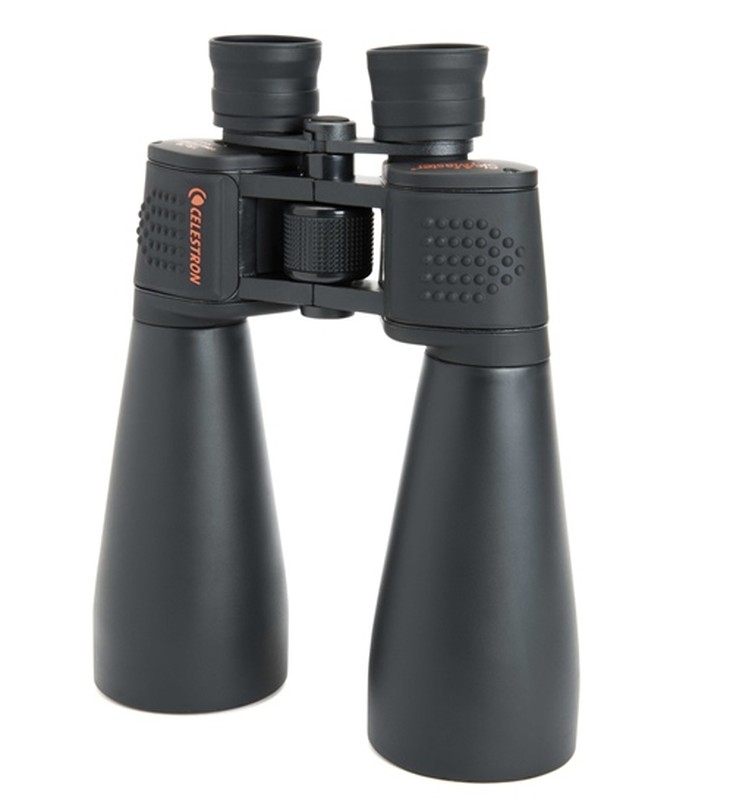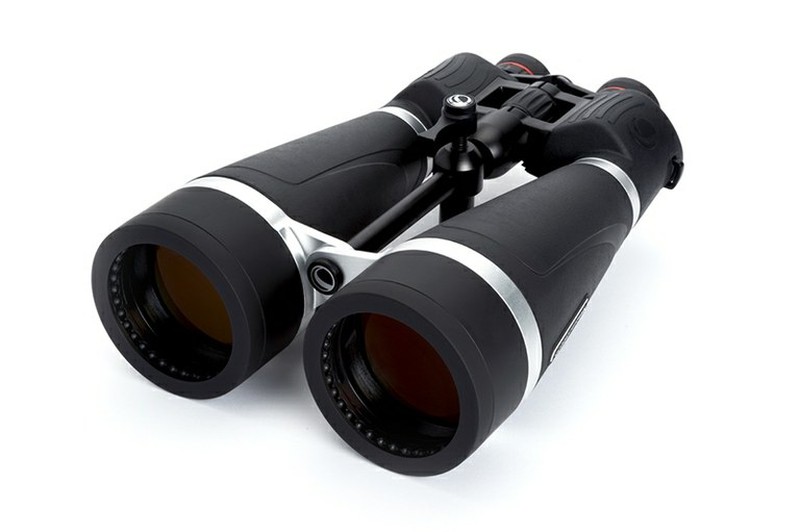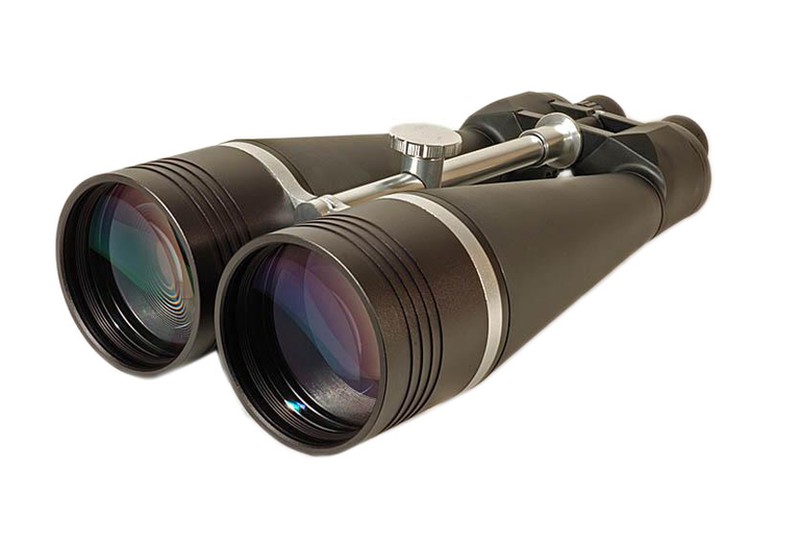The universe with binoculars
Do you know that with a powerful binocular you can get to observe the planets, constellations and stars?

We are used to using binoculars to observe nature and the landscape, but have we stopped to think that we can use a binocular for astronomy?
Well yes, with a powerful and large aperture binocular we can get to observe galaxies and constellations and identify planets. For this use, the binocular must have minimum requirements:
- Power: The binocular must have a minimum of 10X or higher, with an ideal range between 15 and 20X. For initiation it is recommended 10X, so you will have a wider field of view that will provide better orientation.
- Aperture: The binocular should have more than 50mm objective aperture, with an ideal range between 70 and 80mm, thus we will gain much more luminosity in observation in the dark of night.
- Stability: Preferably, we should equip ourselves with a tripod to give stability to the equipment, since from 12X the image wobbles excessively and apart from the weight of the binocular we will tire our arms too much.
Astronomical binoculars are larger and more robust than traditional binoculars, for this reason we have recommended the use of a tripod. The large aperture of the lens and the power, means that they must have a greater dimension and obviously a greater weight. Now, within this type of binoculars there are also different classes and ranges.
As in the case of outdoor optics, one of the fundamental characteristics is the optical treatment of your lenses. With a more refined and polished treatment, the quality of observation will be higher, especially in these dark observation conditions.
We have large format astronomical binoculars, normally greater than 80mm aperture and other more portable and lightweight models, between 50 and 70mm aperture. If we want to make a more field observation, we definitely recommend this more manageable option. On the other hand, if we are going to use them at home or in a preferably fixed place we can equip ourselves with a large format binocular and a robust tripod.
The astronomical binocular is usually a tool for orientation and initiation in astronomy, before acquiring a more powerful telescope or together with an initiation telescope. This does not mean that the use of the astronomical binocular is also used for the scientific recognition of constellations or to determine the positioning of planets, preferably at dawn and dusk.
With an astronomical binocular we will find and recognize the constellations of the sky. They are a first step in identifying the most obvious planets and even some of the most visible galaxies like the Milky Way. The planisphere will be an excellent traveling companion for an astronomical binocular.
We can also use them for long-range land or sea observation, some of them have even been adapted for urban viewpoints.








Opinions of our clients
Receive our news